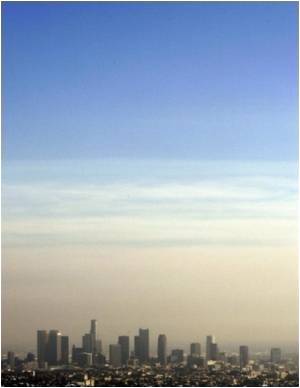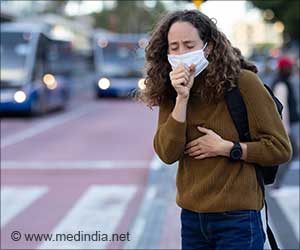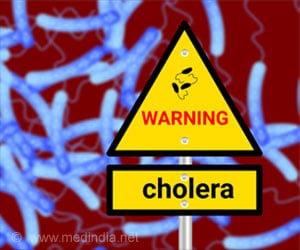
Using national ozone monitoring data for 2005-07 and concentration-response data obtained or derived from the epidemiological literature, the authors applied health impact assessment methodology using the Environmental Benefits Mapping and Analysis Program (BenMAP) to estimate the numbers of deaths and other adverse health outcomes that would have been avoided during this time period if the current eight-hour average ozone standard (75ppb) or lower standards had been met.
The researchers estimated that if the current ozone standard of 75ppb had been met, 1,410 to 2,480 ozone-related premature deaths would have been avoided during the study period. At a lower standard of 70ppb, 2,450 to 4,130 deaths would have been avoided, and at a standard of 60ppb, 5,210 to 7.990 deaths would have been avoided. At the 75ppb standard, acute respiratory symptoms would have been reduced by three million cases and school-loss days by one million cases annually. Even greater avoided mortalities and morbidities would have been achieved at 70ppb and 60 ppb standards.
"The EPA''s Clean Air Scientific Advisory Committee has recommended adoption of an ozone standard in the 60 to 70 ppb range," said Mr. Berman. "Our analysis shows that implementing such a lower standard would result in substantial public health benefits."
Source-Newswise








